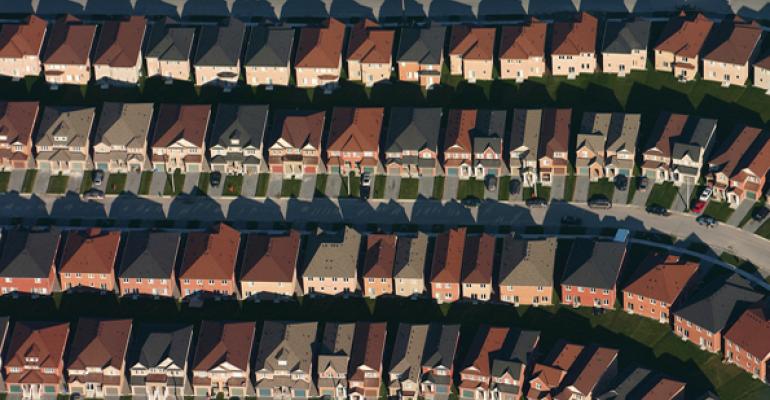As home prices rise, investors in single-family rentals are struggling to find new properties to add to their portfolios.
“The retail market for vacant homes has become extremely tight as home buyers and investors compete for the low levels of inventory on the market,” says Greg Rand, CEO of OwnAmerica, an online exchange for occupied SFRs.
Some investors are still buying houses in markets in the the Southeast and Midwest. However, many companies now avoid the bidding wars to buy houses by only considering portfolio purchases or seeking “off-market” sources to buy single-family homes. Others have simply stepped away from investment, waiting for home prices to moderate before buying more assets.
“There will be more opportunities down the road for single-family rental companies to go back into more aggressive buying mode,” says Daren Blomquist, senior vice president for property data provider ATTOM Data Solutions.
Market by market
As prices rise, active investors have moved to less expensive markets. “Most investors stopped buying in California and Phoenix, but are still very active in Texas, Atlanta and Florida. The Midwest is becoming more and more popular as well,” says Rand.
These investors are also buying fewer properties than they used to. Institutional investors bought 16,974 single-family houses and condominiums in the second quarter of 2018. That’s down from a peak of 73,156 in the third quarter of 2013, according to ATTOM. At the current level, professional investors account for 2.0 percent of all single-family home and condominium sales in the U.S.—similar to the level over the last few quarters. The figure is up from 1.9 percent in the first quarter of 2018, but down from 2.3 percent a year ago.
The median price of an existing single-family house, at $276,900, was much higher in June 2018 than it was the year before, at $263,300, according the National Association of Realtors.
Investors are still able to raise the rents on SFRs, but rents are not nearly high enough to justify new purchases at the current prices. As a rule of thumb, the monthly rent from a rental home should equal at least 1.0 percent of the property’s purchase price, according to the “1 percent rule” used by to determine whether a property represents a good cash-flowing rental opportunity, according to Blomquist.
The average fair market rent for a three-bedroom rental property in 2018 is $1,127 according to ATTOM’s analysis of the data from the U.S. Department of Housing and Urban Development. Using the “1 percent rule,” that rent would justify the purchase of a home that cost a maximum of $112,700. “In the short term of the next year to 18 months, I suspect opportunities to acquire cash-flowing single-family rentals will continue to diminish,” says Blomquist.
However, investors can still find markets where they can buy new assets cheaply enough to operate them as rentals.
“The top 23 counties with the highest potential gross annual rental yield all have median prices below that threshold ($112,700),” says Blomquist. “These are markets largely in the Southeast, Mid-Atlantic and Rust Belt—places like Baltimore, Montgomery, Ala., Atlanta, Detroit, Syracuse, N.Y. for example.”
Home prices may also stop rising so quickly, giving SFR rents a chance to catch up in some markets. “I don't see anything on the horizon that would bring prices down, but I do expect them to flatten a bit,” says Rand. “The rate of appreciation should not exceed 4 percent nationally. It never does for very long, so we are due for an easing of price appreciation.”
Meanwhile, a recession could prove to be a boon for SFR investors. “If the recession that many economists are expecting to hit around 2020 does, in fact, hit, that could trigger a correction in home prices and that could actually improve buying opportunities for single-family rentals,” says Blomquist. “Rents will likely still continue to rise even during a correction in home prices.”





